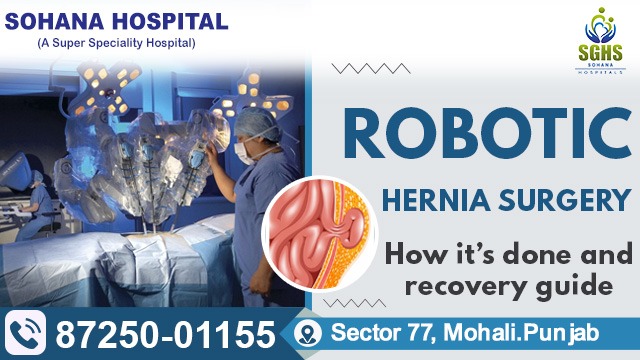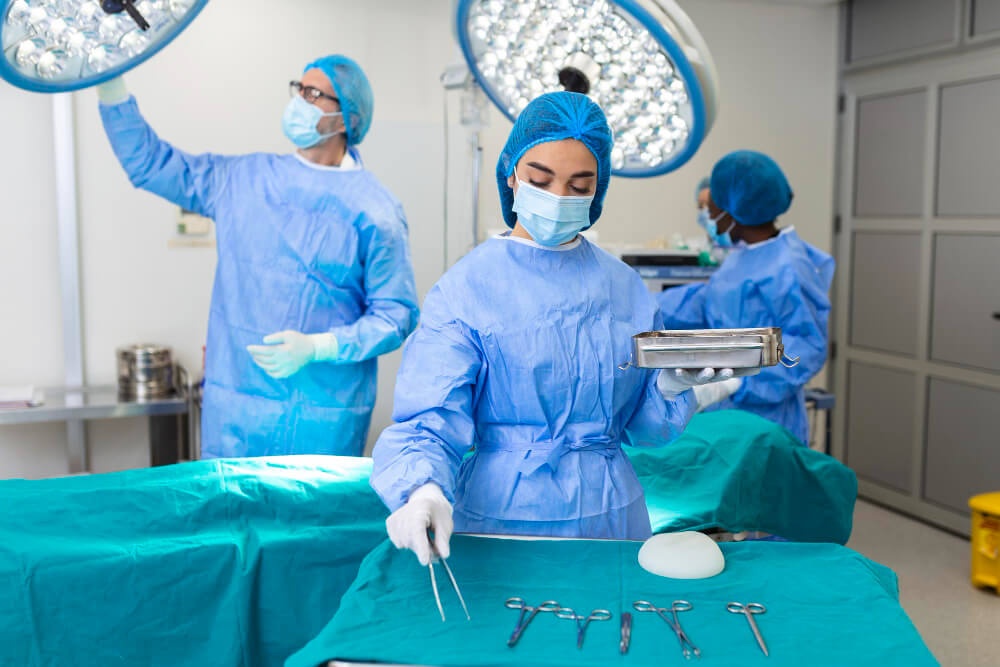Robotic Hernia Surgery: How it’s done and recovery guide
February 14, 2024
Hernia is a protrusion or bulge of an organ through the tissue that usually helps to keep it in place. When you have hernia, the organ pushes through the tissue wall that is responsible for holding it. The most common location for hernia formation is the groin region or abdomen. When you undergo a hernia surgery, the surgeon pushes back the bulged organ or tissue into their place. Further, they use surgical mesh or stitches to reinforce the barrier to hold the organ in place.
There are three types of hernia surgery- open, laparoscopic, and robotic hernia repair surgery. While the open and laparoscopic surgeries involve one or multiple long cuts to approach the surgical site, the robotic surgery minimises the need for the same. Your surgeon will use the robotic surgical system to control the movements of the robotic arms that offer precision with minimal discomfort. Due to the challenges in open surgery, robotic hernia surgery is quite popular these days.
Preparing for the surgery
Your surgeon will first determine if you are the right candidate for hernia surgery. He or she will thoroughly evaluate your condition and ensure you are eligible to undergo robotic hernia surgery. Your doctor will first:
- Check your medical history and the medications that you might be taking
- Ask if you are pregnant and the trimester
- Ask to undergo imaging tests to check if you are a suitable candidate for the surgery
- Stop your medicines like blood thinners before the surgery to prevent complications
About the surgery
Your surgeon will explain to you about the procedure of the surgery before starting with the same.
- He/she will administer anaesthesia to prevent you from feeling the pain.
- He/she will make the incision to access the area and put the camera inside your body to view on the computer screen
- The surgeon will use the robotic arms and control the same through a console to do the surgery
- They will stitch the tissue together and close the same.
Recovery phase
The extensive the repair, the longer the recovery time. So, if your condition wasn’t severe and surgery lasted an hour or so, the recovery will be short. You may get back to routine activities within 2-3 weeks after surgery. Take the precautions and follow the instructions by your surgeon after surgery.
Sohana Hospital has the latest Da Vinci Robot to perform robotic hernia surgery without any hassles. Our experienced team ensures to precisely treat your herniated tissue without causing you discomfort.

